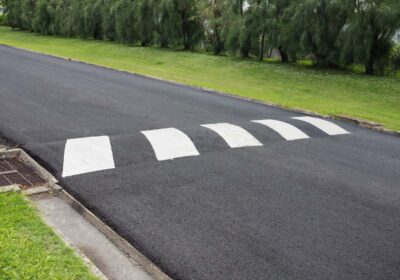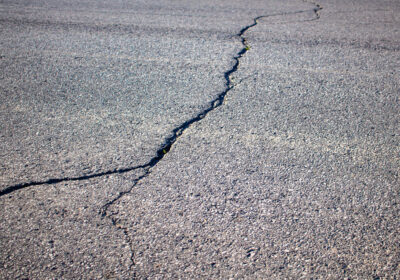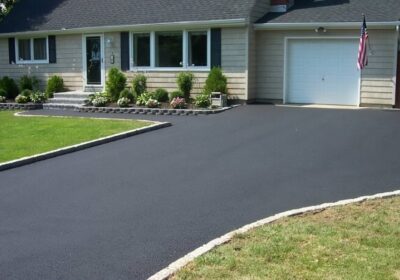The Purpose and Benefits of Speed Bumps
Speed bumps, those familiar raised road structures that slow down vehicles, have become a common sight on many streets and parking lots. You’ve probably encountered them countless times, but have you ever wondered about their purpose and the benefits they offer? In this blog post, we’ll explore the world of speed bumps, addressing your questions and concerns.
Whether you’re interested in getting speed bumps installed on your street or simply want to understand their significance, read on to learn more.
What Are Speed Bumps For?
Speed bumps are traffic-calming measures designed to reduce vehicle speed and improve safety on roads, parking lots, and private properties. Their primary purpose is to:
- Prevent speeding: Speed bumps force drivers to slow down as they approach them, reducing the risk of accidents caused by excessive speed.
- Enhance pedestrian safety: Speed bumps make it safer for pedestrians to cross streets and parking lots by reducing the speed of approaching vehicles.
- Decrease noise levels: Slower-moving vehicles generate less noise, making residential areas quieter and more pleasant.
Now that you know why speed bumps are used, let’s address some common questions and concerns.
Do Speed Bumps Damage Cars?
One of the most frequently asked questions about speed bumps is whether they can cause damage to vehicles. It’s a valid concern, but in most cases, properly designed and maintained speed bumps shouldn’t damage cars. Here are some key points to consider:
- Proper construction: Well-constructed speed bumps are designed to be gentle on vehicles. They have gradual inclines and declines to minimize the impact on your car’s suspension.
- Maintenance matters: Regular maintenance ensures that speed bumps remain smooth and in good condition. Potholes or deteriorating speed bumps can potentially cause damage if left unaddressed.
- Driving cautiously: Drivers need to approach speed bumps at an appropriate speed to minimize any discomfort or potential damage.
However, if you have concerns about existing speed bumps in your area or are considering their installation, it’s advisable to consult professionals who specialize in speed bump design and installation. This leads us to the next question:
How to Get Speed Bumps Installed on Your Street
If you believe that speed bumps would be beneficial for your street or community, you can take steps to request their installation:
- Consult your local authorities: Contact your local transportation or public works department to inquire about the process for requesting speed bump installation.
- Collect community support: Gather signatures or support from your neighbors to demonstrate the community’s interest in having speed bumps.
- Work with professionals: Consider hiring experienced professionals who can assess your specific needs and provide recommendations for speed bump placement and design.
For a more detailed guide on requesting speed bumps, you can check out our
comprehensive article on how to get speed bumps installed on your street.
Conclusion
Speed bumps play a vital role in enhancing road safety, reducing speeding, and improving the overall quality of life in residential areas. When installed correctly and maintained regularly, they can effectively fulfill their intended purpose without causing significant harm to vehicles.
If you’re considering speed bump installation or have any questions regarding traffic-calming solutions, we’re here to help. Our team specializes in professionally designed and installed speed bumps that prioritize both safety and vehicle comfort. Feel free to contact us for more information or to discuss your specific needs.
Thank you for reading, and stay safe on the road!




Leave a Reply